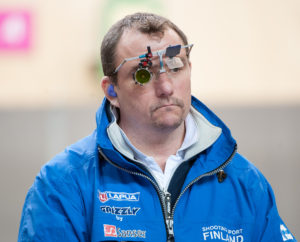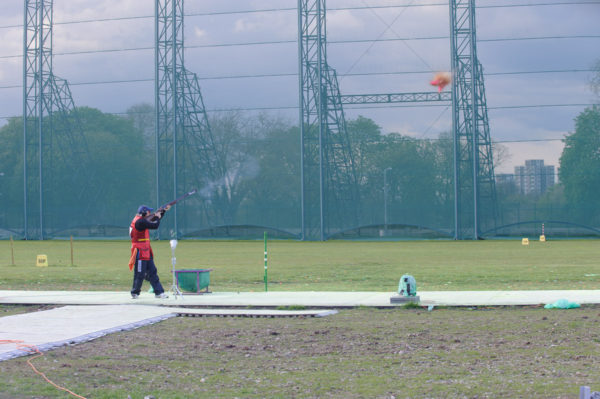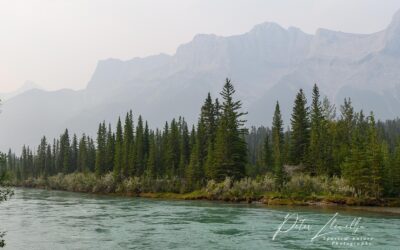The third and final cluster of Olympic test events is now well under way with the shooting events currently under way and the synchronised swimming over the weekend. Shooting is not the easiest sport to make great photos at, mainly due to the fact that there are a limited number of angles to take photographs from, for obvious reasons. Although there are probably a few photographers that I can think of that I would like to position in front of the guns!

London, England, 21-04-12. Lee DAEMYUNG (KOR) in the ISSF World Cup 10m Air Pistol Finals, Royal Artillery Barracks, London. Part of the London Prepares Olympic preparations.
Nikon D3s, 200-400mm f4 VR lens set to 260mm, 1/500th @Â f4, ISO 1600
Gitzo carbon fibre monopod
The Olympic shooting events are made up of a number of different disciplines, including both air and 22 pistols, rifles, and both skeet and trap in the shotguns. As far as the pistols and rifles are concerned the images tend to be quite static. It is impossible to be anywhere close to the shooters site lines so basically the only available place to work from is immediately behind the firing line. This makes the images really restrictive and creativity is severely stretched. I try and get in a position where you can see at least a part of a shooters face. As this creates a slight angle down the shooting line the target that can be seen in the image is often actually the target in the next lane.

London, England, 21-04-12. Kai JAHNSSON (FIN) in the ISSF World Cup 10m Air Pistol Finals, Royal Artillery Barracks, London. Part of the London Prepares Olympic preparations.
The most graphic images come from the shotgun disciplines where as the shooters move around the semi-circle of firing positions you will get a variety of different opportunities, from tight facial shots of the competitors as they mount and fire their guns, wider angles where the target is seen breaking, and of course the obligatory close-up of the shotgun opening and the shells being ejected.

London, England, UK 21-04-12. Evgeniy SERBIN (RUS) competes in the ISSF World Cup Skeet competition, Royal Artillery Barracks, London. Part of the London Prepares Olympic preparations.
Nikon D3s, 200-400mm f4 VR lens plus TC14 converter giving focal length of to 550mm,
1/1600th @ f7.1, ISO 640, Gitzo carbon fibre monopod
Every photographer who has been to a shotgun event has done this photo. To freeze the shells in mid-air you must ensure your shutter speed is fast enough, faster than 1000th second. The shells are ejected form the breech of the gun at high speed. Further you need to make sure you have a clean, uncluttered background to make both the shells and the smoke coming from the guns stand out from the background.
To try and get the shot string and the smoke leaving the barrels start to take your photos as the gun comes up into the mount position. Things happen very fast with the target leaving the traps at around 60 mph and the shooters having only a fraction of a second to site the target, mount the gun, and pull the trigger. If you wait until the gun is already mounted you will miss the best shot every time!
It is possible to shoot a little wider, and get the target breaking in mid air. For the Olympics the targets are filled with a powder to give both spectators and TV a clear view of a hit. Unfortunately the backgrounds can make this type of image a little messy as can be seen above.
More on shooting synchonised swimming in the next post.




